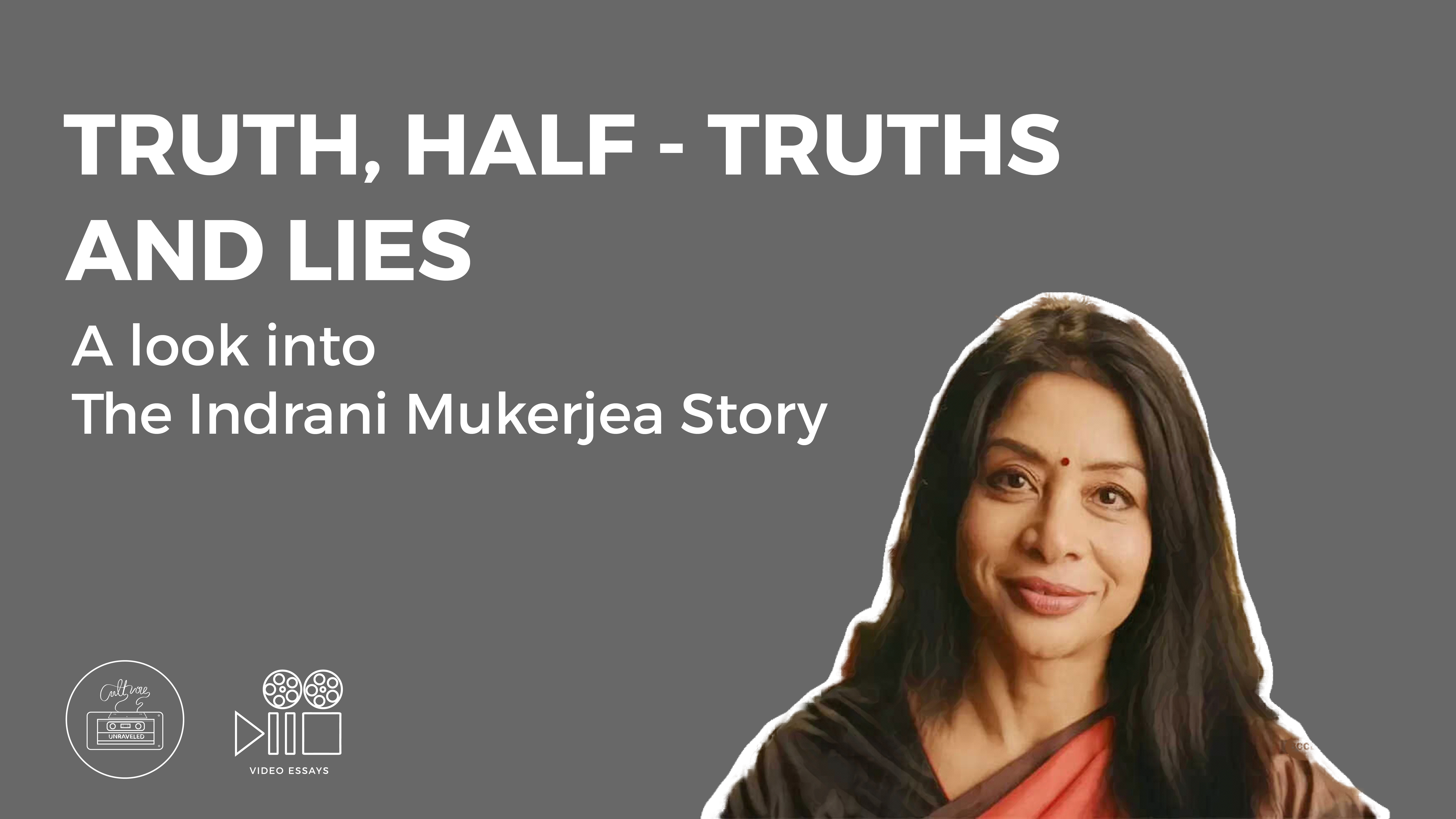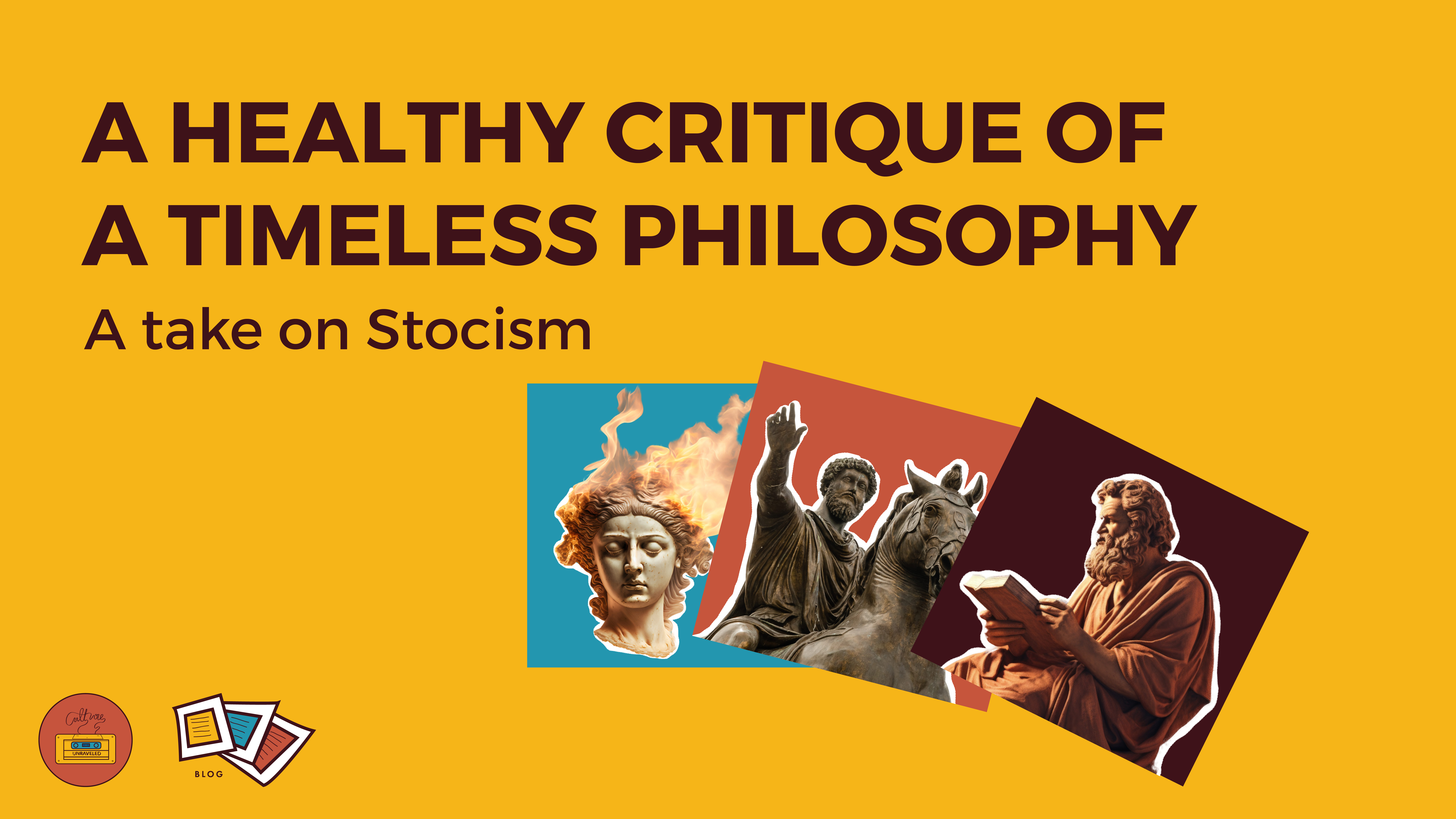
The movie, ‘Where the Crawdads Meet,’ starts with portraying a young woman named Kya Clark, who lives in the breathtaking but lonely marshes of North Carolina. She is charged with the murder of Chase Andrews, a young lad whose dead body is found at the bottom of a fire tower. The story quickly shifts toward a younger Kya Clark, whose family abandons her, leaving her poor and alone. She goes to school one day, only to return with the misery of being ridiculed by her classmates. Her neighbours also disapprove of her, addressing her as “the marsh girl” with contempt that strips her of dignity and undoubtedly holds her responsible for Chase’s death.
As the story unfolds, we see Kya emerge as a curious and brilliant artist with a knack for observing and interpreting her natural habitat and a love for the elusive Great Blue Heron, a marshland bird commonly seen in North America. Like the bird, Kya shows great self-reliance, determination, and an ability to care for herself. She craves human company, but she simultaneously remains afraid of it. Here, we see how Kya shows incredible strength as a lonesome survivor, but we are still left wondering what to make of her character.
When Tate, a childhood friend, shows a deep interest in her, Kya begins to experience love that she hasn’t experienced for a long time. But Tate leaves her, and Kya goes from grief to anger to returning to her former life of utter self-reliance. Kya finds herself romantically connected again, this time with Chase Andrews, who sexually assaults her. When the police arrest her, a lawyer named Tom Milton takes up her case, and eventually, Kya is acquitted of murdering Chase. She marries Tate to live a happy life, and it almost appears that Kya is innocent. But it’s not until the movie’s end that we discover that her dark side remains completely hidden. We find out that she does kill Chase, but the film leads us to resonate with its opening line: “A swamp knows all about death, and define necessarily define it as a tragedy. Certainly not a sin”.
It leads us to conclude that life is merely about surviving, even to the extent of securing ourselves at the expense of another. And it leaves us romanticizing solitude and justifying Kya’s actions. And when we see that her world was often cruel and unforgiving, her life and actions seem almost superhuman. She may as well be a ‘mere creature of the wild’ who lives a solitary yet daring life with the power of her survival instincts.
The film raises an important question: Is the instinct to survive all there is to human life? If the answer is yes, then Kya led an incredible life. Her resilience in the face of loneliness and pain is truly admirable. But what if our life is essentially shaped by our ability to be relational? What if a dark side to our solitude must be consumed in the light of healthy relationships of love and support? Would Kya’s responses be different towards Chase had she experienced social interactions at a level that taught her how to discern Chase’s intentions towards her?
While it is true that she did not have the opportunity to have such kind of love and support, Kya’s responses to love and abuse would have been very different if she had people and resources to develop her emotional capacities. Instead, she only fostered a dark side that made her commit inhuman acts. She displayed incredible strength as a lonesome survivor. Yet she could not respond to abuse with the same grit and resilience.
To make it clear, I am not arguing that abuse never happens to emotionally mature and relationally secure people. Nor am I arguing for a docile or a non-responsive attitude towards abuse. But I contend that relational love gives us the capacity to be wise in our dealings with others and gives us the resilience to resist abuse. Moreover, relational love allows us to experience life as more than mere survival. It enables us to see beyond our self-seeking attitudes and look to others for joy, strength, and hope.
The character of Kya Clark embodies the strength of a lonesome survivor, displaying incredible resilience in the face of loneliness and adversity. Her deep connection with the natural world and her ability to thrive in solitude is admirable. However, the movie also delves deep into the darker aspects of her life, reevaluating a hidden capacity for violence and an inability to respond effectively to abuse.
The film allows us to think about the essence of human life. While survival instincts are undoubtedly crucial for existence, the story prompts us to consider the role of healthy relationships and emotional development in shaping our responses to the world around us. Kya’s lack of meaningful social interactions and support hundred her ability to discern the intentions of others, leading to tragic consequences. It highlights the significance of relational love in fostering emotional maturity, resilience, and the capacity to navigate complex human interactions.
Ultimately, the film ‘Where the Crawdads Sing’ emphasizes that human experiences are multifaceted and cannot be reduced to a simple dichotomy between survival instincts and relational love. Instead, it underscores the interplay between these elements, acknowledging that a balanced combination of self-reliance and the support of meaningful relationships can lead to a life beyond mere survival, embracing joy, strength, and hope in our journey through the complexities of the human experience.
_________________________________________
Written by Roselina Vundi
Life Focus Society
Culture Unraveled is an initiative of Life Focus Society












